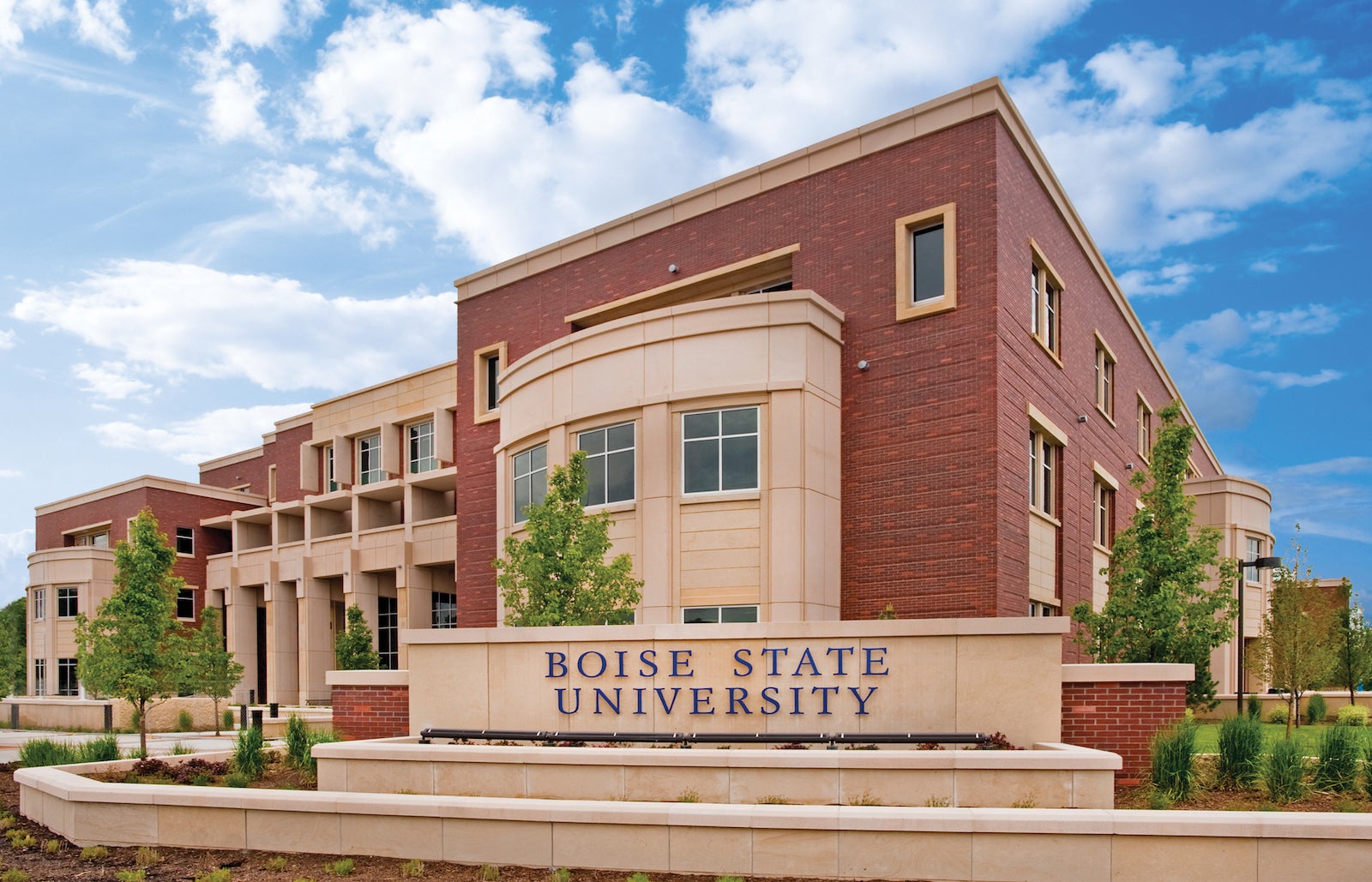
The Boys and Girls Clubs of Ada County had a problem. As the organization grew and started to serve more children, it also began to use more electronic devices – laptops and tablets used by children and staff alike. It became harder for staff to keep track of the devices – not only keeping them safe but updating software.
No one felt this pain more acutely than Kevin Garrett, who manages information technology for the organization. Garrett also happens to be an information technology management major at Boise State’s College of Business and Economics.
Garrett and four other students — Devin Lambrecht, Ben Mattson, Mackenzie Wagoner and Will Lodge — worked together to find and implement a solution for the challenge that was plaguing the Boys and Girls Club. Their work was part of a project for Daniel Rush’s Information Technology Management 435 class.
“Our objective was to find software to track applicable devices and create processes for the organization to manage their electronic assets,” the group said in a press release.
Applying skills to real-world problems
Since the students were working to solve a real problem, they had to deal with real constraints. Joey Schueler, the project sponsor and Garrett’s supervisor at the Boys and Girls Club, had four basic requirements that he wanted from the group.
First, the group had to stay within a budget of $1,000. Second, the software had to create an inventory system for current devices and any new devices the organization acquired in the future. Third, the group had to implement the software that they chose. Finally, the whole system had to be easy to use so that workers across multiple locations could be trained to work with it.
The students rose to the challenge. They evaluated a number of options and created their own weighted scoring model to pick the one that best suited the organization’s needs. “My overall impression of the work was really positive. They took a very objective and data-driven approach to finding a tool for us,” Schueler said.
Their work didn’t stop there. Once the students selected a piece of software, they worked with the Boys and Girls Club to implement it. The group wrote their own procedure template so that staff members could update the asset management system as they added new devices.
The end result was a tool that the students could be proud of and that made things a lot easier for staff at the Boys and Girls Club. “It really revolutionizes what used to be a tedious process,” Schueler said.
Serving students and the community
“Hands-on projects like this one let students practice what they’ve learned in earlier classes they’ve taken at COBE. By fitting all these skills together, the team learns how much they already know while creating something useful for their client and the community,” Rush said.
Schueler also felt that this project gave the Boys and Girls Club access to a unique opportunity. “We wouldn’t have gone to some company for this. It’s hard to find an objective assessment when competitively pricing paid services from the sellers themselves, as they would have their own interests and they’re looking for maximized profit,” he said. “Using an academic classroom setting allowed us to walk through all the options objectively.”